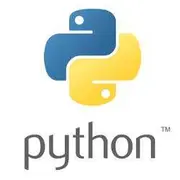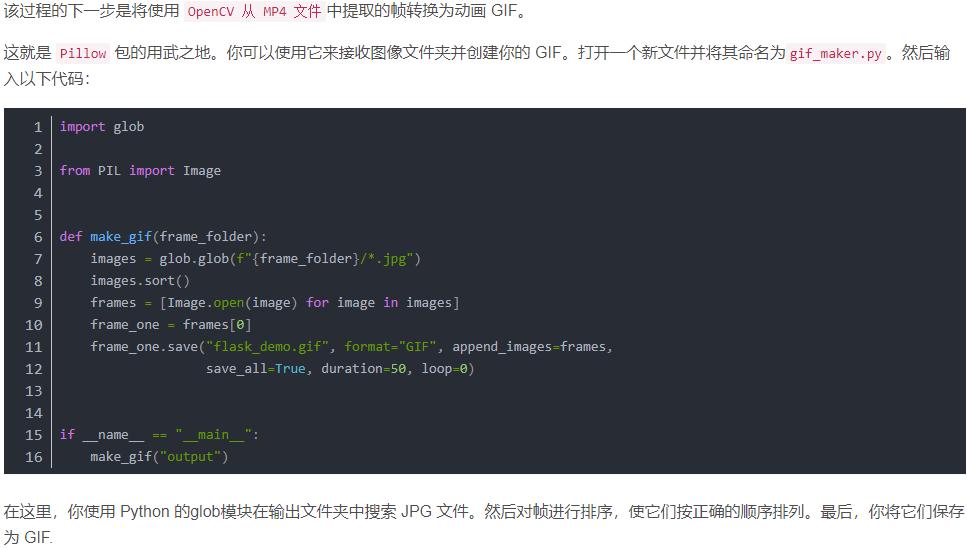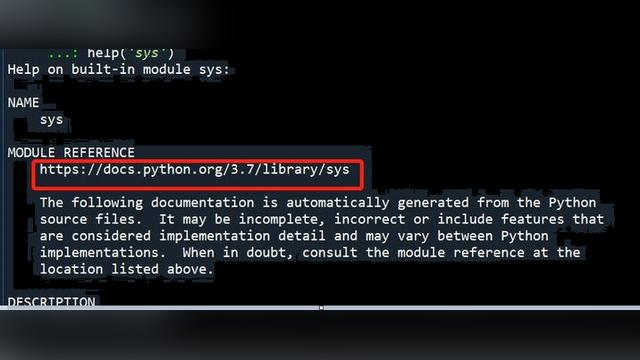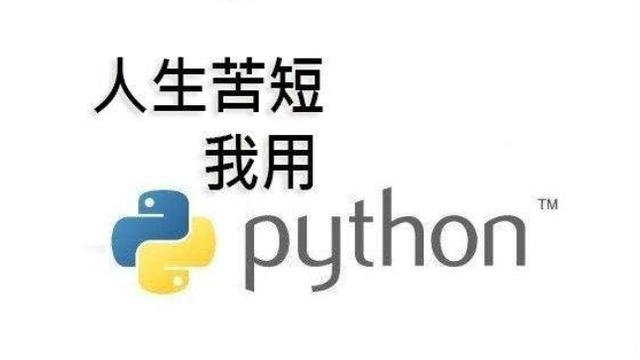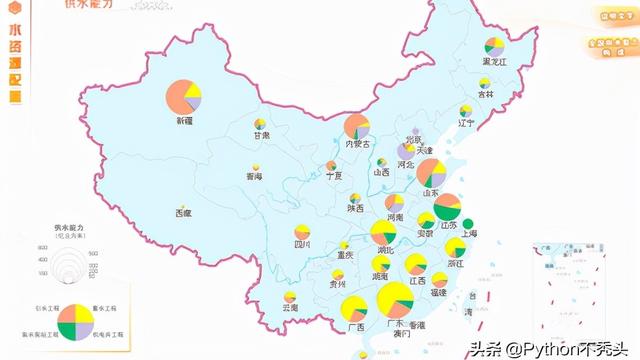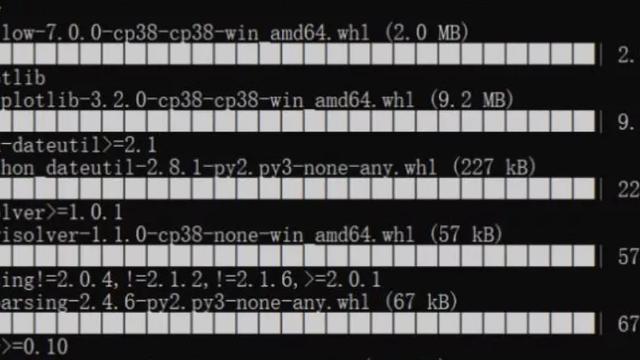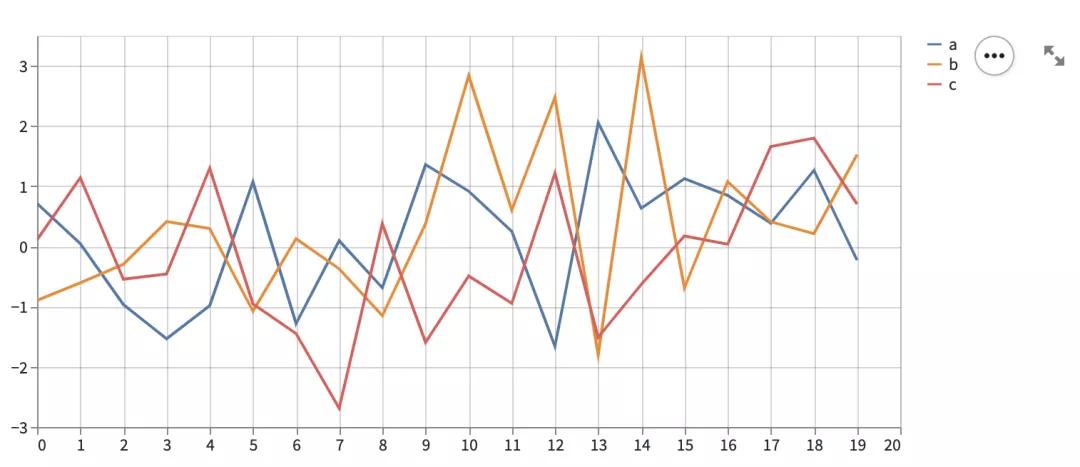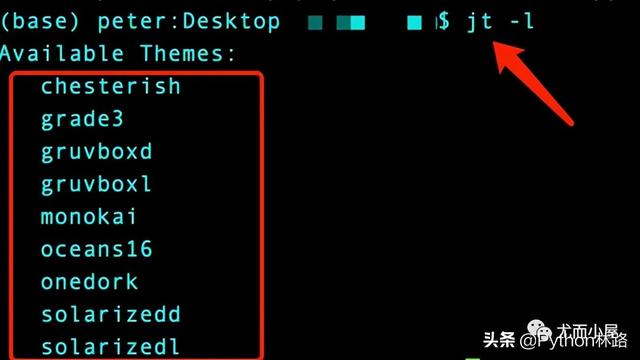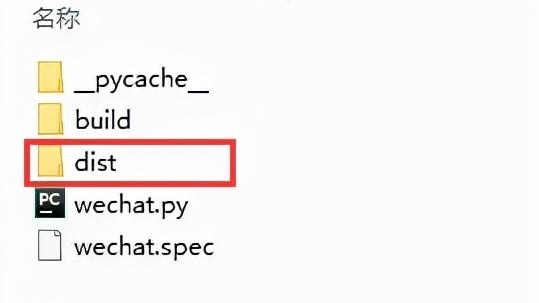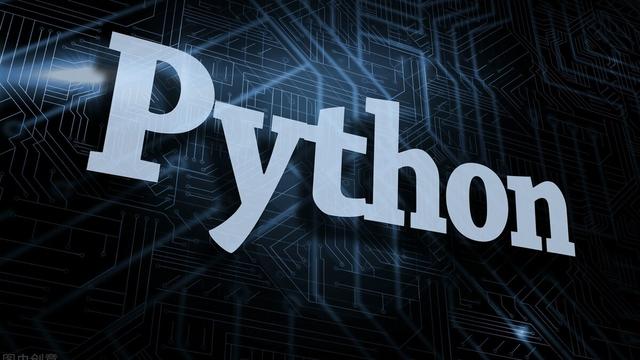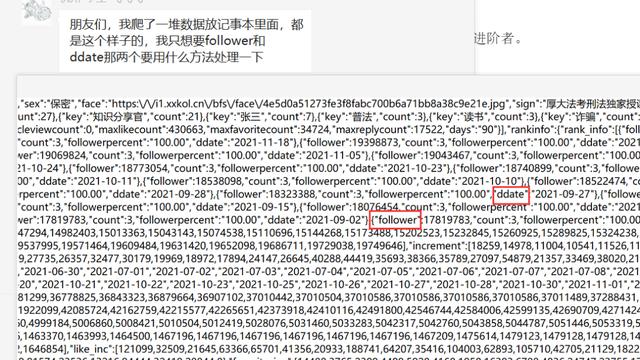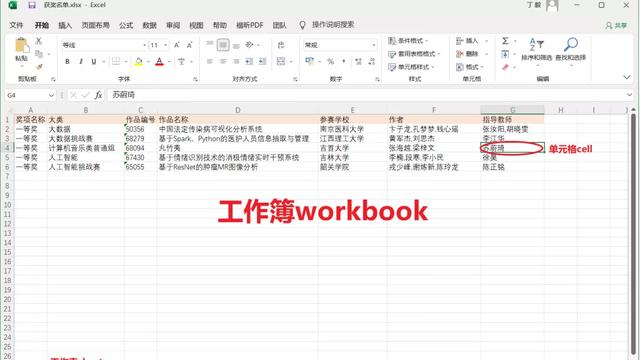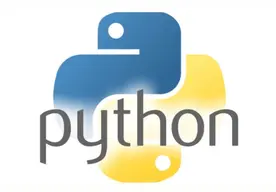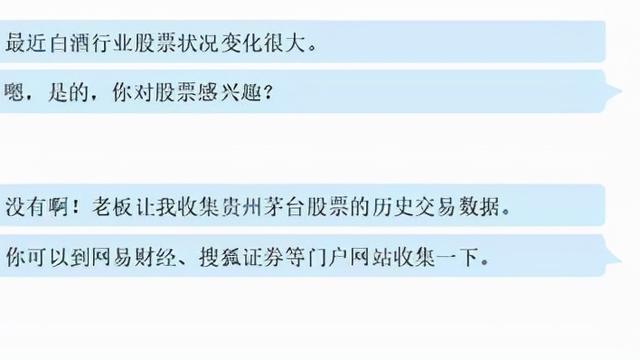Python匿名函数
2020-05-06
加入收藏
@Author:By Runsen
@Date:2019年07月13日
之前写的,最近决定把之前的回顾,写详细。
- 1.1 lambda 函数
- 1.2 函数式编程
- 2.1 map
- 2.2 filter
- 2.3 reduce
- 3.1 如何根据值来排序
1、匿名函数
匿名函数不需要显示地定义函数名,使用【lambda + 参数 +表达式】的方式
1.1 lambda 函数
lambda 函数的形式
lambda argument1, argument2,... argumentN : expression
套入函数,使用lambda
square = lambda x: x**2
square(3)
9
lambda 返回的一个函数对象
注意:lambda 和def 的区别
lambda 是一个表达式,def 是一个语句
[(lambda x: x*x)(x) for x in range(10)]
# 输出
[0, 1, 4, 9, 16, 25, 36, 49, 64, 81]
lambda 可以用作函数的参数,def 不能
l = [(1, 20), (3, 0), (9, 10), (2, -1)]
l.sort(key=lambda x: x[1]) # 按列表中元祖的第二个元素排序
print(l)
# 输出
[(2, -1), (3, 0), (9, 10), (1, 20)]
lambda 是只有一行的简单表达式
squared = map(lambda x: x**2, [1, 2, 3, 4, 5])
如果不用lambda ,你用def就需要多写好多行
def square(x):
return x**2
squared = map(square, [1, 2, 3, 4, 5])
在tkinter 中实现的简单功能
from tkinter import Button, mainloop
button = Button(
text='This is a button',
command=lambda: print('being pressed')) # 点击时调用 lambda 函数
button.pack()
mainloop()

主要你按压就出现being pressed
你用def就是下面的样子
from tkinter import Button, mainloop
def print_message():
print('being pressed')
button = Button(
text='This is a button',
command=print_message) # 点击时调用 lambda 函数
button.pack()
mainloop()
使用def 要写好多行,多定义一个函数
1.2 函数式编程
函数式编程是指代码每一块都是不可变的,都是由纯函数的组成
这里的纯函数 值函数本身相互独立,对于相同的输入都有相同的输出
传入一个列表将列表的元素变为原来的2倍
def multiply_2(l):
for index in range(0, len(l)):
l[index] *= 2
return l
这段代码不是纯函数的形式,因为我多次调用,每次得到的结果不一样
def multiply_2_pure(l):
new_list = []
for item in l:
new_list.Append(item * 2)
return new_list
纯函数的形式,应该在函数里面定义一个新的列表
2、其他函数
对于纯函数Python 提供了几个函数
2.1 map
map 函数的形式
( function ,iterable )
第一个参数是函数的对象,第二个是一个可迭代对象
l = [1, 2, 3, 4, 5]
new_list = map(lambda x: x * 2, l)
list(new_list)
# [2, 4, 6, 8, 10]
2.2 filter
filter通常对一个集合做g过滤的操作
l = [1, 2, 3, 4, 5]
new_list = filter(lambda x: x % 2 == 0, l)
list(new_list)
# [2, 4]
2.3 reduce
reduce通常对一个集合做累积的操作
import functools
l = [1, 2, 3, 4, 5]
product = functools.reduce(lambda x, y: x * y, l)
product
# 1*2*3*4*5 = 120
3、思考题
3.1 如何根据值来排序
d = {'mike': 10, 'lucy': 2, 'ben': 30}
sorted(d.items(),key=lambda x:x[1],reverse=True)
注意 reduce在3中已经放进functools模块中了
>>> map(lambda x: x ** 2, [1, 2, 3, 4, 5])
<map object at 0x000001CAD42A8CF8>
>>> filter(lambda x: x % 2 ==0, [1,2,3,4,5])
<filter object at 0x000001CAD42A8C88>
>>> reduce(lambda x,y: x*y,[1,2,3,4,5])
Traceback (most recent call last):
File "<stdin>", line 1, in <module>
NameError: name 'reduce' is not defined
>>> from functools import reduce
>>> reduce(lambda x,y: x*y,[1,2,3,4,5])
120
map,filter返回的只是一个对象,reduce在3中已经放进fucntools模块中了